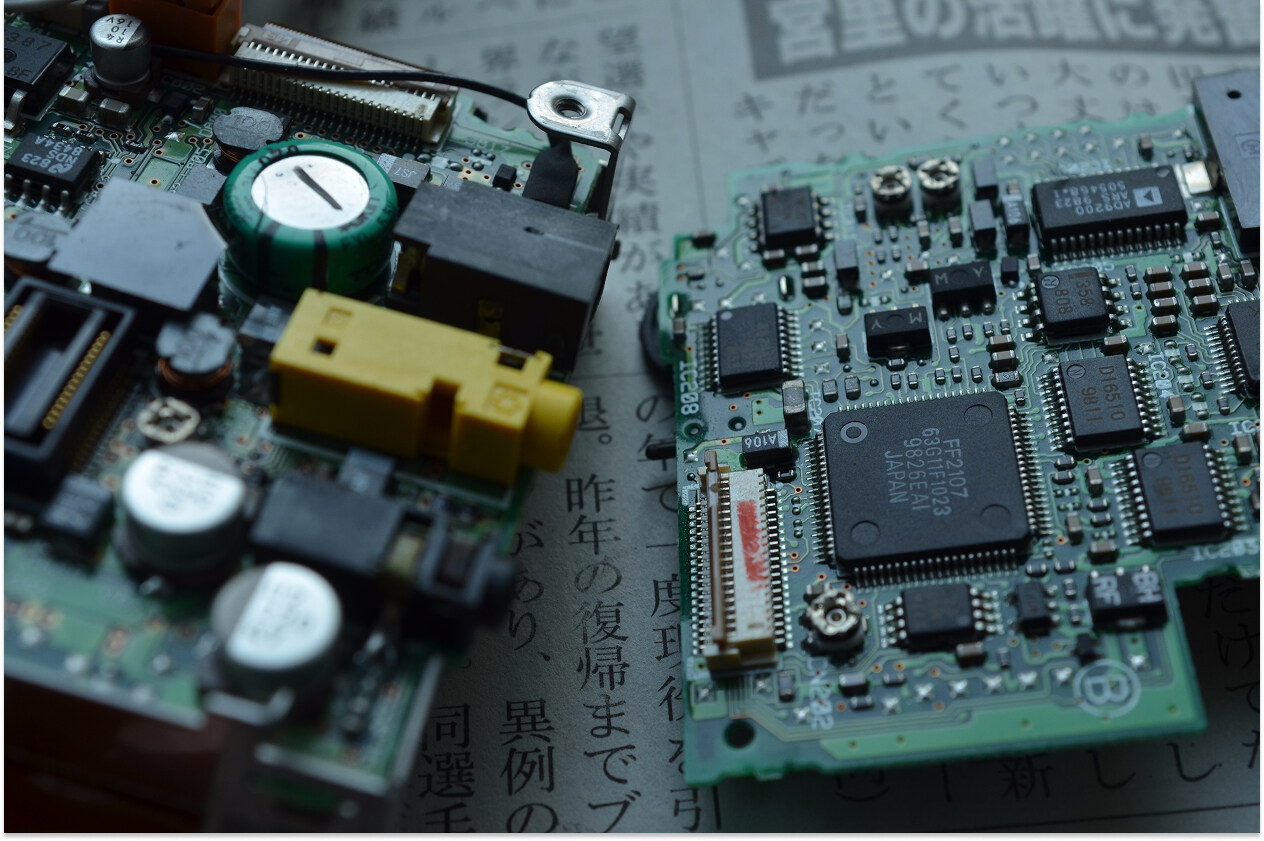FPGA for Software Engineers: Lowering the Entry Barrier

Field-Programmable Gate Arrays (FPGAs) are no longer just for hardware engineers. As AI, 5G, robotics, and embedded vision systems demand faster and more flexible compute platforms, the line between hardware and software development is blurring. Today, software engineers are increasingly expected to understand FPGA-based systems or at least contribute to their design.
But for many software developers, FPGAs remain intimidating. They conjure images of HDL code, clock domains, synthesis cycles, and boards that “don’t boot.” Fortunately, the FPGA ecosystem is evolving, making these devices more accessible than ever to engineers with a software background.
This article explores how the entry barrier to FPGA development is being lowered. We’ll cover emerging tools, languages, and frameworks that speak the language of software developers, and provide a roadmap for those who want to start building real-world applications.
Why software engineers should care about FPGAs
Modern applications increasingly require:
- Real-time data processing (e.g. AI inference, DSP, sensor fusion)
- Parallel execution of tasks
- Low-latency control loops
- Deterministic behavior in safety-critical systems
FPGAs excel in these domains thanks to their reconfigurable logic and ability to execute many operations in parallel. Compared to traditional CPUs, FPGAs offer much lower latency and deterministic execution. Unlike GPUs, they can be deeply customized for specific tasks, delivering better energy efficiency.
As a result, FPGAs are widely adopted in:
- Embedded vision and edge AI
- Automotive control units
- Software-defined networking (SDN)
- Industrial automation
- Aerospace and defense
- Telecommunications (e.g., 5G PHY/MAC layers)
In all these domains, the software-hardware boundary is tightening. Software engineers who understand FPGA workflows gain a competitive edge in multidisciplinary teams.
Traditional barriers to FPGA adoption
Historically, FPGA development was very different from software development. The process involved:
- Writing code in VHDL or Verilog (low-level hardware description languages)
- Simulating behavior at the gate or signal level
- Synthesizing logic into bitstreams
- Managing timing closure, physical constraints, and routing
- Long compile times and hardware debugging
This steep learning curve, coupled with a lack of portability and tooling fragmentation, made FPGAs a niche skillset.
But recent advancements have drastically changed the landscape.
Modern FPGA development tools for software engineers
High-Level Synthesis (HLS)
HLS allows developers to describe hardware behavior in C/C++, OpenCL, or even Python, then automatically convert that code into synthesizable logic. Leading tools include:
- Xilinx Vitis HLS: Transforms C/C++ into RTL; integrates with AI inference engines.
- Intel oneAPI: Provides OpenCL-based flow targeting Intel FPGAs.
- Mentor Catapult HLS: Focused on optimized video and DSP pipelines.
- hls4ml: Open-source tool that converts trained ML models into FPGA-optimized HDL.
With HLS, software engineers can focus on algorithms and data flow instead of signal toggling and flip-flops.
Python-based workflows
Python, long the lingua franca of machine learning and automation, is entering FPGA workflows:
- Amaranth HDL: A Pythonic hardware description language (successor to nMigen).
- PyVerilator: Enables Verilog simulation within Python environments.
- PYNQ: A Xilinx platform allowing Python control of programmable logic via Jupyter notebooks.
- Cocotb: A coroutine-based testbench framework for simulating HDL with Python.
These tools bridge the mental model between software scripting and hardware behavior.
Visual and cloud platforms
Some platforms further abstract the FPGA flow:
- Xilinx Vitis AI: AI inference SDK that integrates TensorFlow/PyTorch with FPGA targets.
- Edge Impulse for FPGAs: Build ML models for edge devices without touching HDL.
- QuickLogic Open FPGA Stack (QORC): Fully open-source stack supporting Python tooling.
- Microchip VectorBlox: AI tools targeting PolarFire FPGAs with high-level interfaces.
Cloud-based synthesis and simulation environments (e.g., Efinix Cloud IDE, Plunify) also remove the need for expensive toolchain setups.
Real-world use cases where software engineers now drive FPGA projects
- Smart cameras: Developers write image preprocessing code in OpenCL or C++, convert it to IP cores, and offload it to FPGA logic blocks to reduce latency.
- Audio and vision AI on wearables: Software engineers convert TensorFlow Lite models into FPGA-compatible logic using tools like hls4ml and integrate them with Zephyr RTOS.
- Custom industrial protocols: Instead of writing HDL from scratch, teams generate HDL from Python/C code to accelerate Modbus, CAN, or custom protocol handlers on FPGAs.
- Edge computing accelerators: Developers describe data movement and matrix ops in high-level APIs, which tools like Vitis AI compile into FPGA overlay bitstreams.

Tips for getting started with FPGA as a software engineer
- Start with a platform like PYNQ, TinyFPGA, or iCEBreaker that supports open tooling
- Learn basic digital logic and how it maps to code you write
- Experiment with Amaranth HDL or Vivado HLS
- Use simulation frameworks like Cocotb instead of traditional testbenches
- Focus on small modules (e.g., filters, FSMs) and gradually build up
- Don’t ignore timing constraints, even in HLS flows—performance is still hardware-bound
- Join communities like FOSSi Foundation, r/FPGA, and Digilent forums
How Promwad helps lower the entry barrier for clients
At Promwad, we design FPGA-powered systems for edge AI, automotive, telecom, and industrial automation. To support clients without in-house FPGA expertise, we:
- Offer HLS-based FPGA development (C/C++ to HDL)
- Provide Python/AI-compatible FPGA platforms
- Build reusable IP cores with software-friendly APIs
- Create simulation-ready environments for integration testing
- Deliver complete embedded systems, from hardware to software
- Train software teams to maintain and extend FPGA-based solutions
This approach allows product companies to adopt reconfigurable computing without hiring large FPGA teams or rewriting entire software stacks.
Conclusion
FPGAs are no longer off-limits for software engineers. Thanks to high-level languages, open-source ecosystems, and vendor-supported workflows, developers can now leverage the power of hardware acceleration without mastering HDL or synthesis internals.
If you're building a latency-sensitive or AI-driven embedded product, FPGA may be the key. And you don’t have to go it alone—Promwad can help you navigate the modern FPGA landscape with tools and methods aligned with your software skillset.
Let’s close the gap between software and silicon, together.
Our Case Studies





